Song Won (송원)
2.2Km 2024-03-15
35-4 Dongho-ro 24-gil, Jung-gu, Seoul
+82-2-2275-3118
Song won is a Korean restaurant located in Jangchung-dong Gourmand Alley. They specialize in high-quality Korean beef barbecue such as bulgogi and galbi, seasoned with a variety of 20 different natural ingredients. Additionally, they offer traditional Korean dishes like hot stone pot rice and noodles. Across the street, visitors can find Jangchung-dong Jokbal Street, and both Jangchungdan Park and Jangchung Gymnasium are within walking distance.
Gyeongbokgung Palace Jagyeongjeon Tea Ceremony (경복궁 자경전 다례체험행사)
2.2Km 2020-03-12
161, Sajik-ro, Jongno-gu, Seoul
• 1330 Travel Hotline: +82-2-1330 (Korean, English, Japanese, Chinese) • For more info: +82-2-3210-4683
This traditional tea ceremony experience takes place at Jagyeongjeon Hall in Gyeongbokgung Palace every Saturday and Sunday. Participation is by reservation on a first come, first serve basis.
The ceremony includes a tea culture demonstration and experience, making honey cakes, traditional etiquette introduction, and lectures related to tea culture. To participate in the tea ceremony, download the application form from the Korea Cultural Heritage Foundation website and submit the form through email.
Crap Hoe Fish - Jangchungdong Branch (크랩회피쉬 장충동)
2.2Km 2021-03-19
27-4, Dongho-ro24-gil, Jung-gu, Seoul
+82-2-2269-9968
A restaurant where live seafood is prepared and served fast. The representative menu is sliced raw fish. This Korean cuisine is located near Dongguk Univ. Station, Seoul.
Dalkanmari Dwaejihangeun (닭한마리돼지한근)
2.2Km 2021-03-18
33, Dongho-ro, 24-gil, Jung-gu, Seoul
+82-2-2285-5988
A restaurant recommended by members of the Jangchung-dong Cooperative of Shopkeepers. The representative menu is spicy braised chicken. This Korean cuisine is located near Dongguk Univ. Station, Seoul.
The Place Seoul (traditional Korean-style guesthouse) / 복합한옥공간 곳
2.2Km 2025-03-05
52-11 , Gyedong-gil, Jongno-gu, Seoul
+82-10-3255-1289
The Place Seoul in Gye-dong, Jongno-gu, Seoul, is a meeting place of traditional and modern Korea. It has a yard with a beautiful 80 year-old dogwood tree, and a small garden in which guests can enjoy the passage of the seasons. The Place Seoul is an environment-friendly place which uses eco-friendly consumables such as toilet paper and shampoo. Breakfast is simple and healthy. There are many good cafes in nearby Bukchon, and local tourist attractions include the National Palace Museum of Korea and the National Museum of Modern and Contemporary Art.
Palace Royal Guard Changing Ceremony (수문장 교대의식)
2.2Km 2025-07-11
161 Sajik-ro, Jongno-gu, Seoul
+82-2-3210-1645
In the Joseon dynasty, the royal guards of the palace were gatekeepers who were responsible for guarding the the main gates of Gyeongbokgung Palace as well as the main gates of the city such as Heunginjimun Gate and Sungnyemun Gate. The royal guards worked in shift duties and were in charge of opening and closing Gwanghwamun Gate. Before the royal guard system was enforced in 1469, the palace gates were protected by soldiers of the central army. The Palace Royal Guard Changing Ceremony held at Gyeongbokgung Palace and the Gwanghwamun area reenacts the guard-changing procedure that took place during the Joseon dynasty, along with the reproduction of costumes and weapons, based on historical records.
Yeonji-dong Sundubu (연지동순두부)
2.2Km 2021-03-22
10, Daehak-ro, 1-gil, Jongno-gu, Seoul
+82-2-762-0593
This place sells a variety of soft tofu dishes. This Korean dishes restaurant is located in Jongno-gu, Seoul. The most famous menu is seafood and soft bean curd stew.
Hyangnamu Tree in Changdeokgung Palace (창덕궁 향나무)
2.2Km 2025-01-13
99, Yulgok-ro, Jongno-gu, Seoul
+82-2-3668-2300
Hyangnamu or 'Aromatic Tree' in Changdeokgung Palace is estimated to be about 700 years old, meaning it had likely been planted before the palace was built. It stands 12m in x_height, measures 5.9m in girth around the roots, and has branches spreading in all four directions. It is designated and protected as a National Natural Monument.
Baek In-je House (백인제가옥)
2.2Km 2024-10-15
16 Bukchon-ro 7-gil, Jongno-gu, Seoul
+82-2-724-0200
Baek In-je House, located in Bukchon Hanok Village, is a hanok built during the Japanese administration period that portrays modern hanok features. The structure consists of a main room offering a good view of the whole village, spacious bedrooms, a large garden, and annex buildings. As it maintains the beauty of a traditional hanok while incorporating the modern trend of its time, Baek In-je House is considered to be highly valuable in means of both architecture and history, representing the Bukchon Hanok Village together with Yun Bo-seon House.
Baek In-je House was built from black pine, which was first introduced in Seoul during the Gyeongseong Expo in 1907, distinguishing itself from other upper-class houses of its time. Unlike other traditional hanok designs that separate the main building from the other rooms, Baek In-je House connects the two with a hallway, allowing convenient access between the two structures. The house also consists of a Japanese-style hallway and floor mat rooms, reflecting the interior trends of that period. Baek In-je House is also unique in that the main room is partially built as a two-story structure, a style that was never seen in any traditional hanok built during the Joseon period.

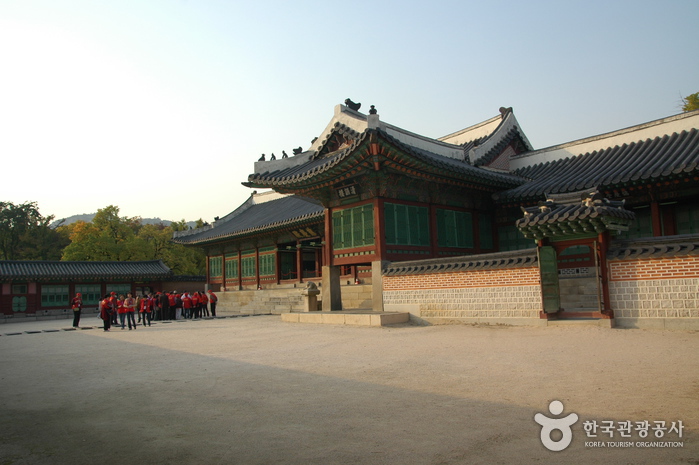
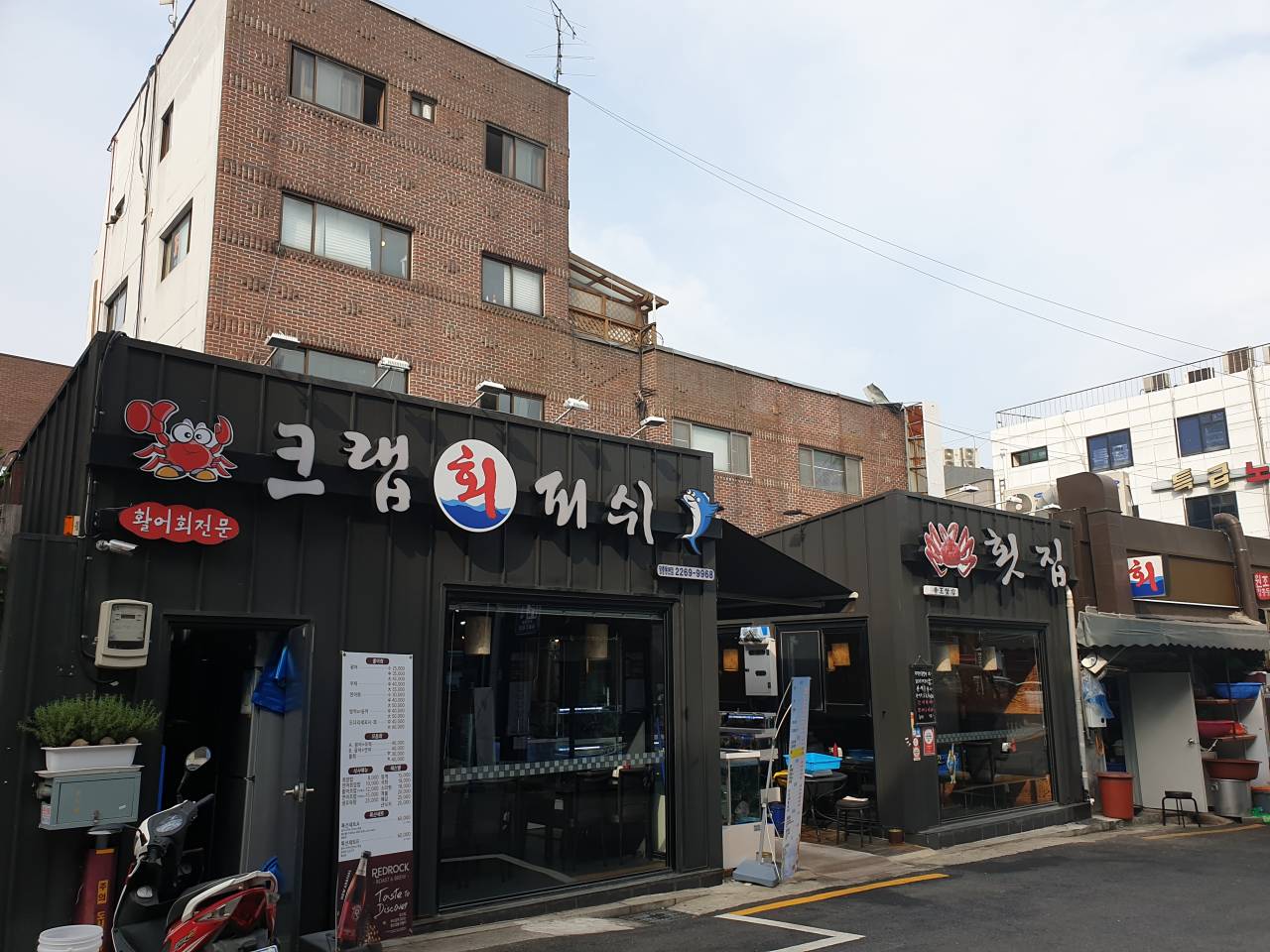
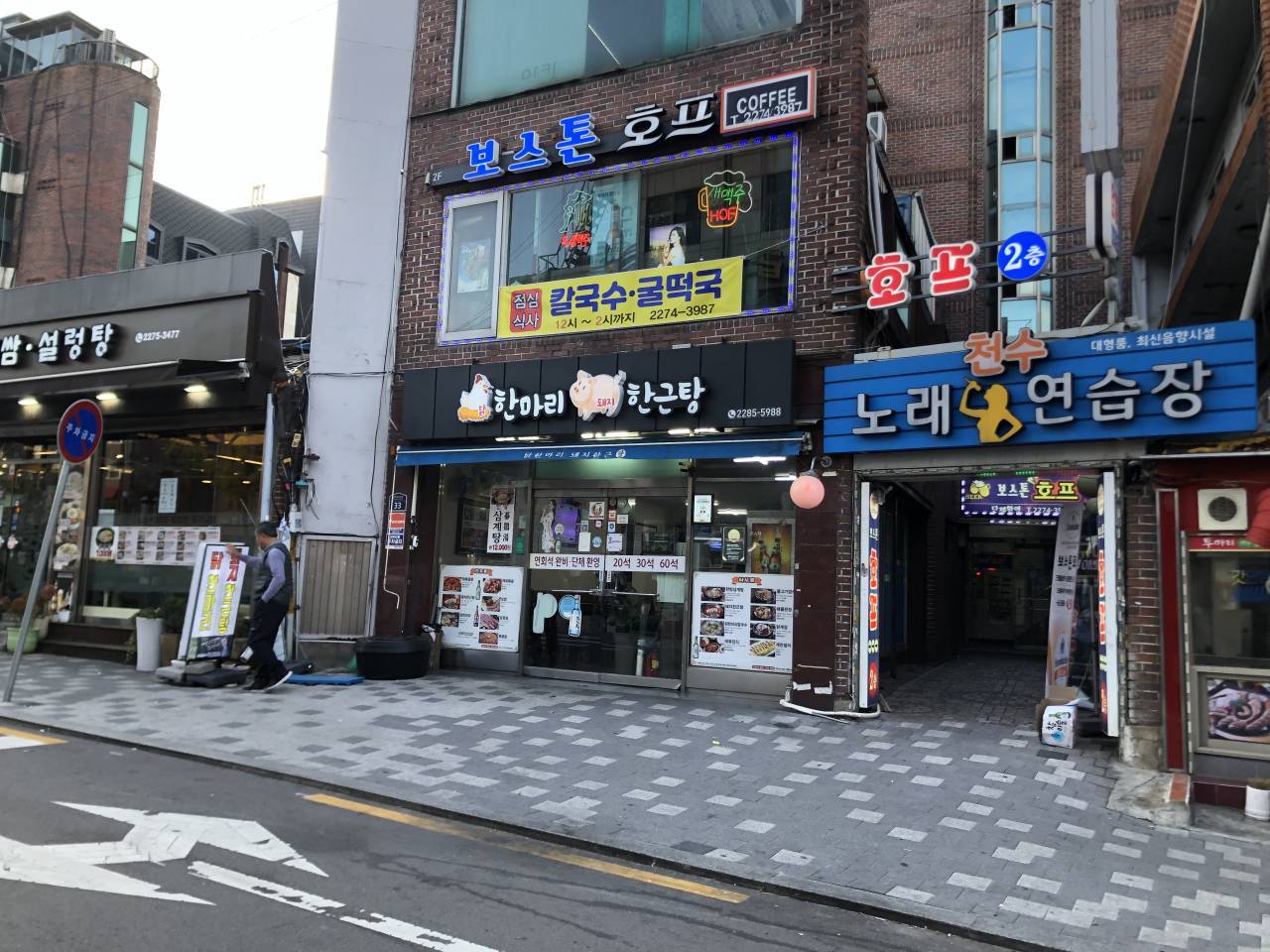
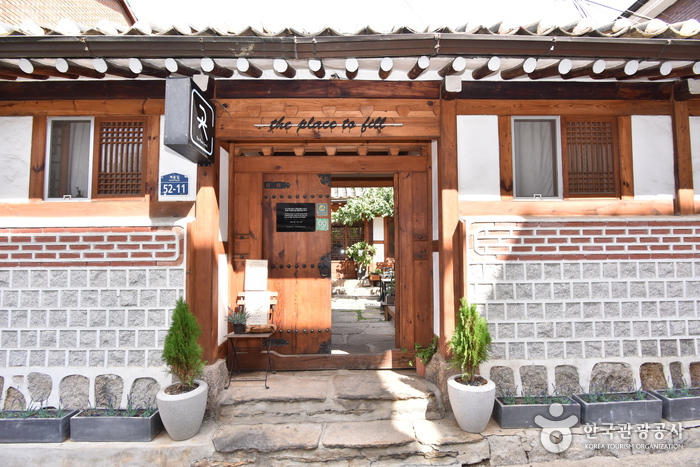
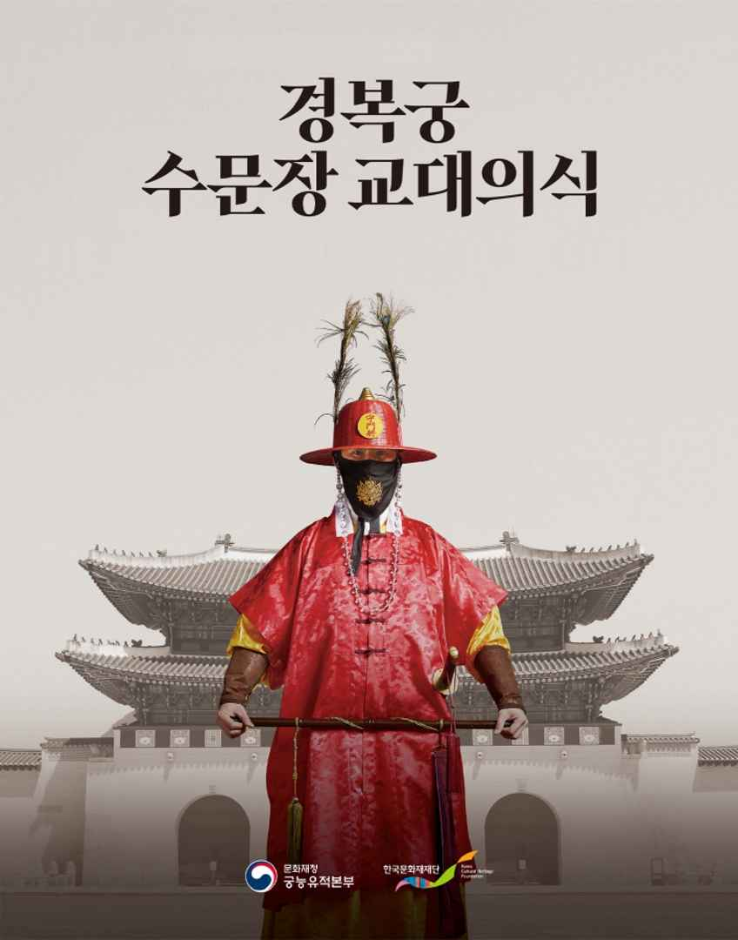
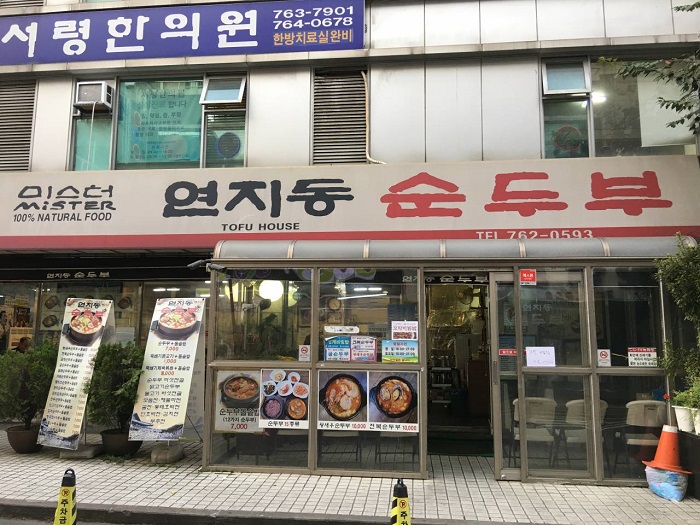
![Mary Jane [Tax Refund Shop] (메리제인)](http://tong.visitkorea.or.kr/cms/resource/33/2878733_image2_1.jpg)
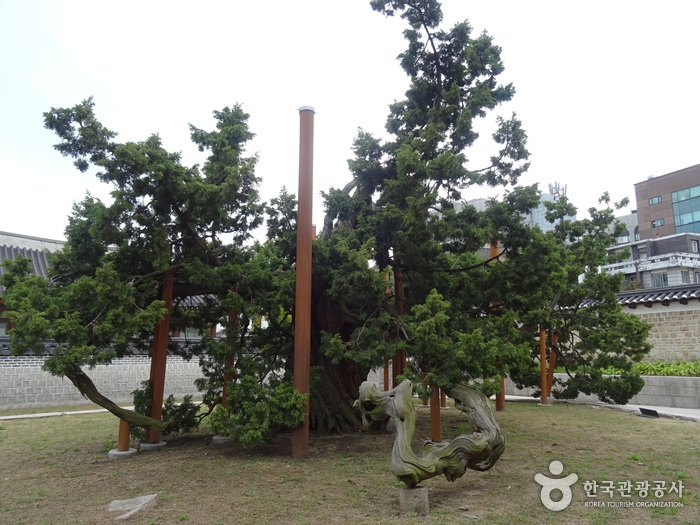
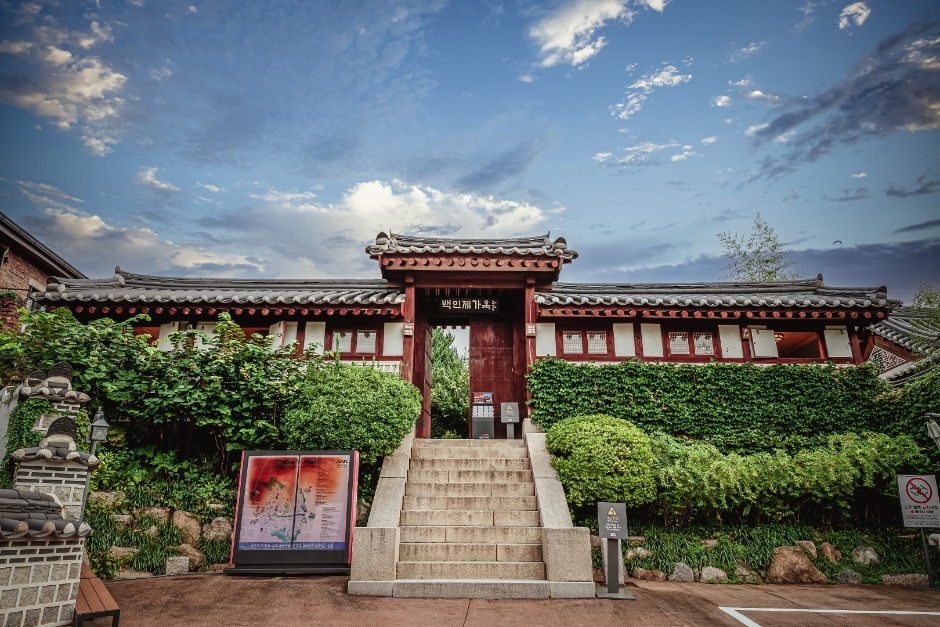
 English
English
 한국어
한국어 日本語
日本語 中文(简体)
中文(简体) Deutsch
Deutsch Français
Français Español
Español Русский
Русский